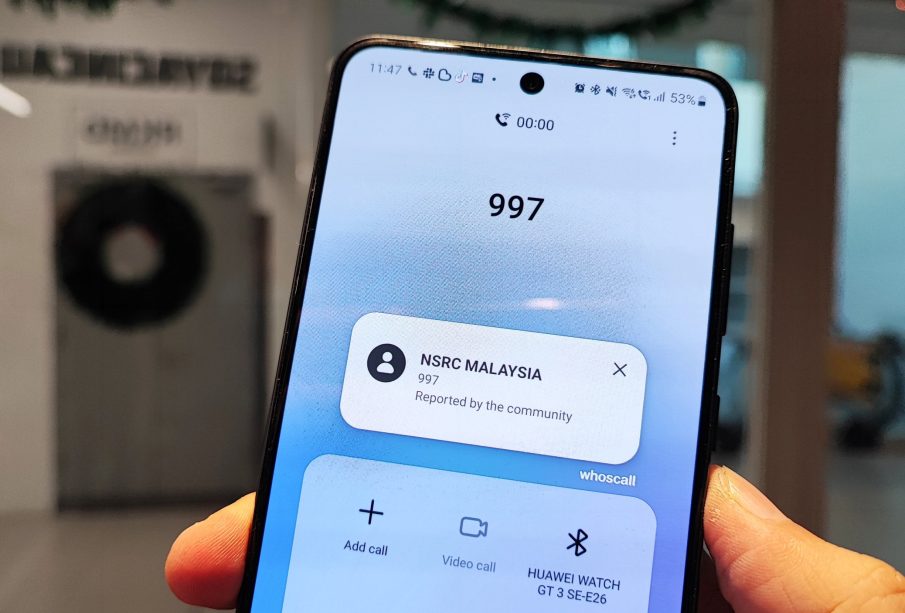How do you avoid scams when signing up for a free government phone?

Fraudulent schemes targeting government phone program applicants use sophisticated tactics to steal personal information, collect illegal fees, and exploit vulnerable populations seeking telecommunications assistance. Scammers create fake websites, impersonate legitimate providers, and demand upfront payments for services that should be completely free. To avoid these threats, check government-phone.org for free Phone Service verification when applying for telecommunications assistance programs.
Red flag warnings
Legitimate government phone programs never require upfront payments, processing fees, or administrative charges for enrollment, making any request for money an immediate indication of fraudulent activity. Scammers often demand payment through gift cards, wire transfers, money orders, or cryptocurrency transactions that cannot be traced or recovered once completed. These payment methods are specifically chosen because they provide no consumer protections or recourse for victims who discover the fraud after losing their money.
Pressure tactics represent another common warning sign, with scammers creating artificial urgency by claiming limited availability, expiring offers, or immediate enrollment deadlines that require quick decisions without proper verification. Legitimate programs maintain consistent eligibility criteria and application processes without time-sensitive pressures designed to prevent careful consideration of program details. Additional red flags include:
- Unsolicited phone calls or emails offering immediate enrollment
- Requests for Social Security numbers before eligibility verification
- Promises of premium devices or unlimited service plans
- Requirements to visit non-official locations for application completion
- Demands for personal banking information or credit card details
Legitimate website verification
Official government phone program websites display specific security features and government endorsements that distinguish them from fraudulent sites designed to mimic legitimate services. Authentic websites use secure HTTPS connections indicated by padlock symbols in browser address bars, while scam sites often use unsecured HTTP connections that expose submitted information to interception. Government-endorsed sites typically include official seals, Federal Communications Commission references, and links to government agency verification pages. Legitimate website characteristics include:
- Professional domain structures with established web hosting services
- Comprehensive eligibility information without promotional pressures
- Official government seals and agency endorsements
- Secure contact forms with privacy policy disclosures
- Links to government verification databases and official resources
Domain name analysis provides crucial verification information, with authentic sites avoiding suspicious extensions or recently registered domains that characterize scam operations designed to capture personal information through deceptive enrollment processes.
Personal information protection
Protecting sensitive personal information during the application process requires careful evaluation of when and how much information legitimate programs need for initial eligibility screening. Authentic government phone programs request basic demographic information and program participation verification before requiring detailed documentation. During initial contact phases, scammers often demand complete Social Security numbers, banking information, and identification details. Safe information sharing practices encompass several protective measures:
- Providing only necessary details through secure official channels
- Verifying representative credentials before sharing sensitive information
- Using established customer service numbers for confirmation purposes
- Avoiding responses to unsolicited contact attempts requesting personal data
- Confirming program authenticity through government databases before enrollment
Never provide personal details to callers who cannot verify their official status through established verification procedures that allow applicants to confirm representative legitimacy and program authenticity. Successful scam prevention involves carefully verifying all program communications and exclusive use of government-endorsed resources for application submission and program participation.












